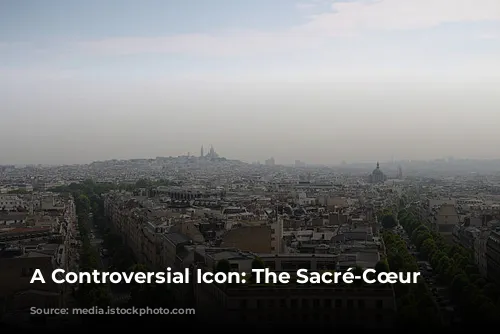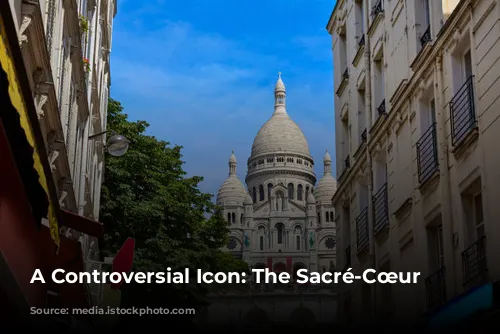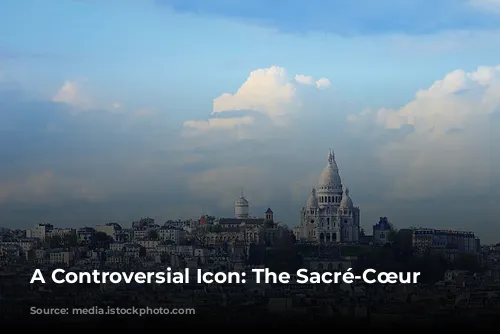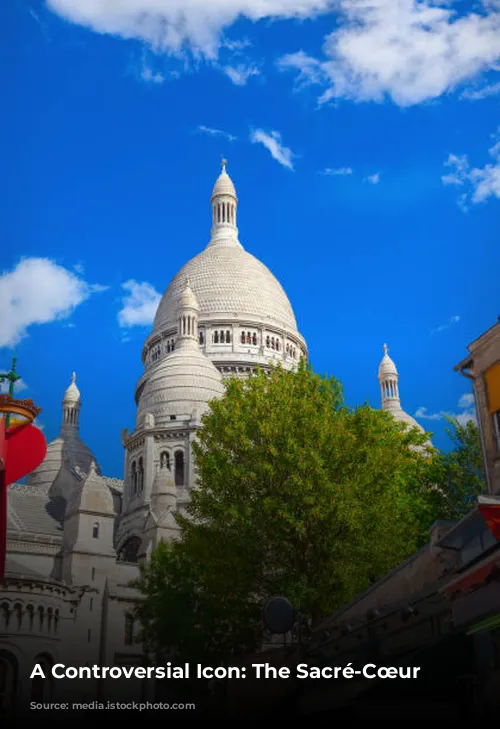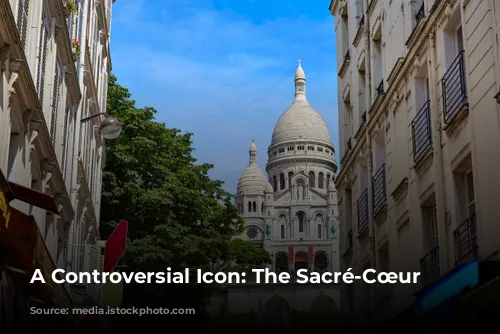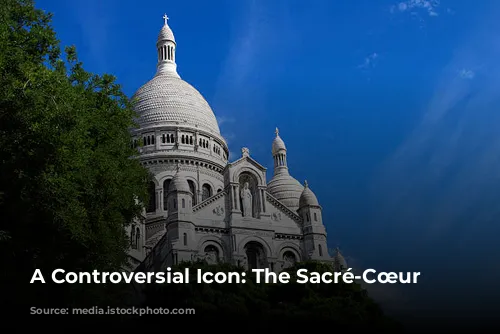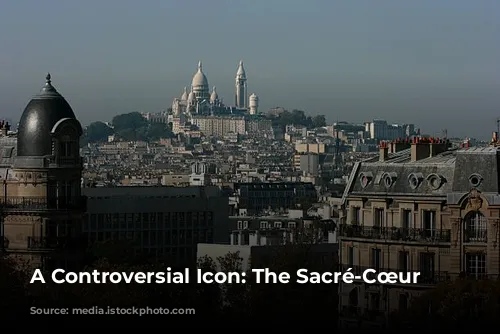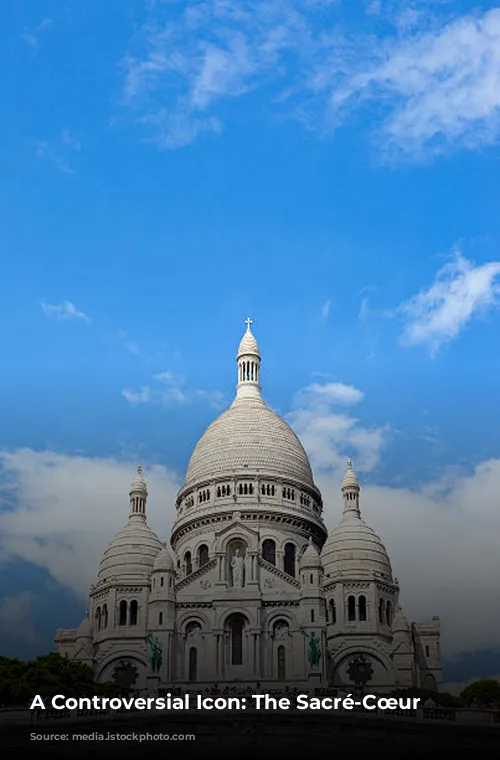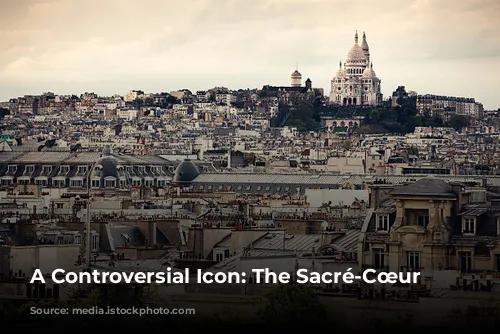The Sacré-Cœur Basilica, with its dazzling white stone and imposing dome-shaped towers, is a striking sight in Paris. Yet, its beauty is often overshadowed by a tumultuous past.
The basilica sits atop the Montmartre hill, a location steeped in religious history and the tragic events of the 1871 Paris Commune. During this uprising, loyalists to the established order (including the French Army) brutally suppressed the communist rebels.
This historical context is crucial to understanding the basilica’s true nature. The Catholic Church, firmly aligned with the existing power structure, saw the Commune as a threat to its authority. The basilica, in a sense, was constructed to commemorate the defeat of the communists and to promote traditional Catholic values in a world that, according to them, had become corrupted by the Commune’s radical ideas.
These “blasphemies” included such abhorrent acts as abolishing child labor, separating church and state, and giving workers the right to take control of abandoned businesses. These radical ideas would have surely made the face of right-wing commentators like Tucker Carlson turn an even deeper shade of red!
The Sacré-Cœur Basilica, then, is more than just a breathtaking architectural masterpiece. It stands as a symbol of class warfare, the triumph of traditional power structures over revolutionary change.
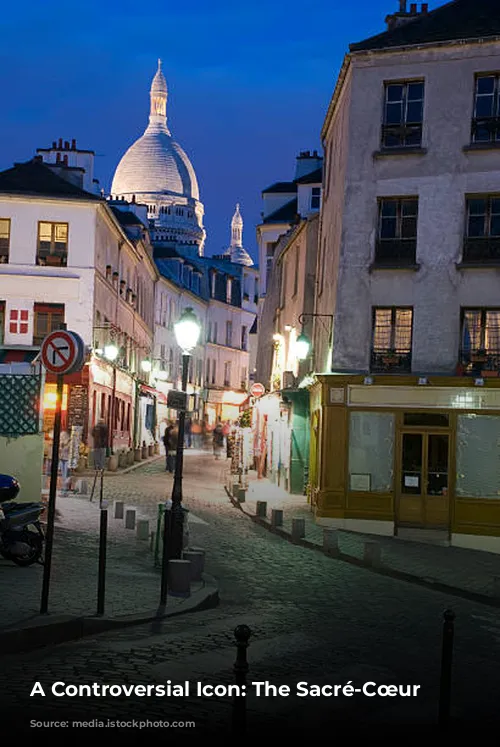
A Sanctuary With A Complex Past
Despite its controversial history, the Sacré-Cœur Basilica is a popular destination for tourists and Parisians alike. The journey to the top of Montmartre, while arduous, offers stunning panoramic views of the city. The interior of the basilica provides a haven of peace and quiet, with its beautifully gilded ceilings and serene atmosphere.
For those with mobility limitations, a funicular railway from the Square Louise Michel provides an alternative to the steep climb. However, it’s important to note that the funicular only covers a portion of the ascent.
Since its construction, the basilica has been home to a perpetual prayer service. A rotating group of nuns has maintained a constant vigil of adoration for Christ. This commitment to prayer, however, stands in stark contrast to the basilica’s role in the suppression of the Paris Commune. This duality makes the basilica’s history a complex and fascinating one.

More Than A Place Of Worship
Beyond its religious significance, the basilica offers a unique and practical service: free overnight lodging for weary travelers. This gesture of hospitality, reminiscent of the biblical parable of the Good Samaritan, offers a rare glimpse of compassion in a building often associated with conflict.
The basilica’s history is full of contradictions. Its dedication to prayer and hospitality seems at odds with its origins in the violent suppression of the Paris Commune. This duality reflects the often complicated and paradoxical nature of faith, politics, and social justice.
In 1971, a group of French communists seized the basilica and held it for a month, demanding a worldwide communist revolution. This event was a symbolic act of defiance against the basilica’s traditional role in the power structure. It also serves as a reminder that even sacred spaces can become arenas for political struggle.
The basilica’s history is a testament to the enduring power of faith, the complexities of social and political change, and the enduring human quest for freedom and justice. It’s a place that invites reflection on the past and offers a sanctuary for those seeking peace and inspiration.
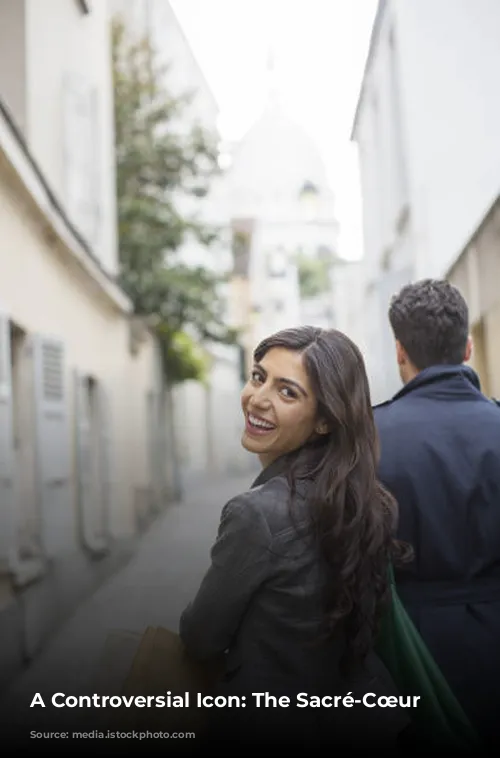
A Climb Worth The Effort
For those who are physically able, a climb to the top of the basilica’s dome is a must. The 300 steps leading to the top are challenging, but the reward is a breathtaking view of Paris and a close-up look at the basilica’s intricate architectural details.
While the basilica’s past is controversial, its presence remains a significant part of Paris’s cultural landscape. Whether you’re a history buff, an architecture enthusiast, or simply seeking a breathtaking view, the Sacré-Cœur Basilica is a place worth visiting.
